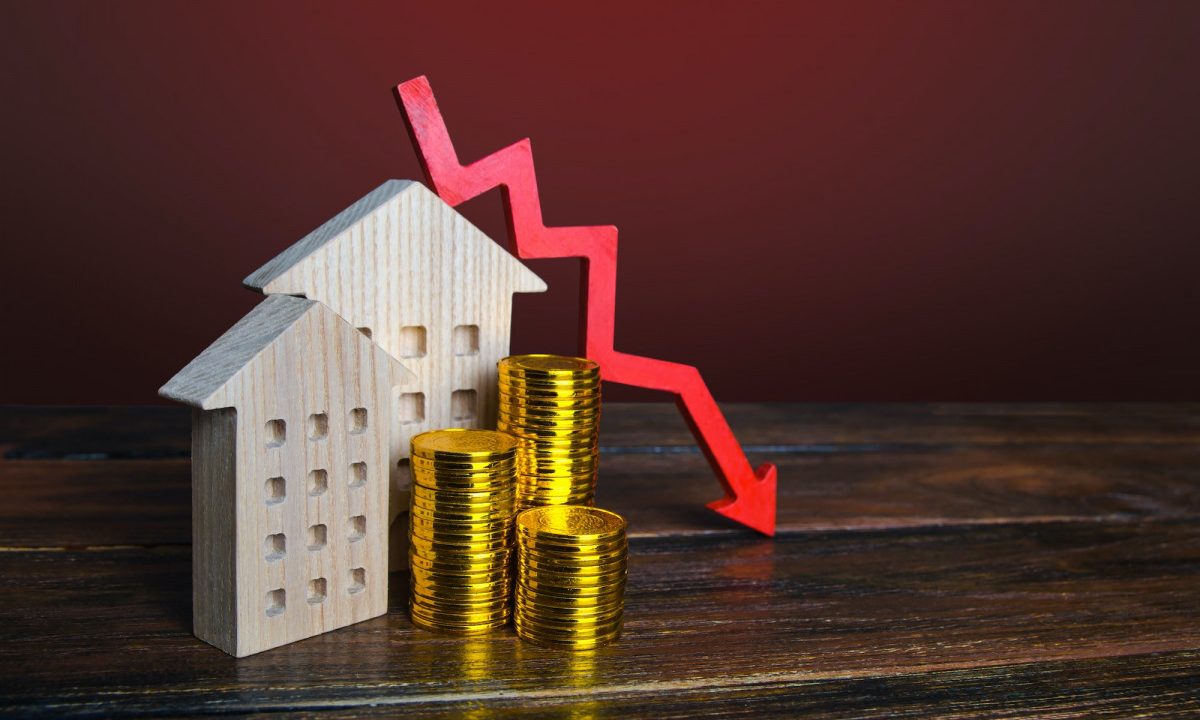Real Estate Bubble: Identifying Warning Signs in Housing Markets
A real estate bubble occurs when property prices rise rapidly, driven by speculation and investor sentiment, rather than fundamental factors like supply and demand. When a bubble bursts, property values can plummet, leading to significant financial losses and economic repercussions. Identifying warning signs of a real estate bubble is crucial for investors, policymakers, and real estate professionals to take proactive measures and avoid potential risks. In this blog post, we will explore the concept of a real estate bubble, key indicators to identify warning signs, and the importance of monitoring housing markets for sustainable growth.

Understanding a Real Estate Bubble
A real estate bubble is characterized by an unsustainable increase in property prices, detached from underlying economic fundamentals. As demand for property surges, fueled by speculation and easy access to credit, prices soar to unsustainable levels. Eventually, the market reaches a tipping point where demand weakens, leading to a decline in property prices. This burst of the bubble can result in a housing market crash, causing widespread financial distress.
Identifying Warning Signs in Housing Markets
1. Rapid Price Appreciation: A significant and abrupt increase in property prices, outpacing income growth and inflation rates, is a red flag for a potential real estate bubble.
2. Speculative Buying: An increase in speculative buying, where investors purchase properties solely for short-term gains, rather than for long-term rental income or personal use, may indicate an inflated market.
3. Overvaluation Metrics: Key metrics like the price-to-income ratio and price-to-rent ratio help assess whether property prices are in line with income levels and rental yields, respectively.
4. High Debt Levels: Increasing household debt, particularly through mortgages, can contribute to a real estate bubble, as buyers take on excessive leverage to enter the market.
5. Excessive Construction: A surge in new construction projects, exceeding actual housing demand, may lead to an oversupply of properties, contributing to a potential bubble.
6. Low Rental Yields: If rental yields are disproportionately low compared to property prices, it suggests that investors are relying on capital appreciation rather than rental income.

The Importance of Monitoring Housing Markets
1. Risk Mitigation: Identifying warning signs of a real estate bubble allows investors and policymakers to take precautionary measures to mitigate risks and potential losses.
2. Economic Stability: Bursting of a real estate bubble can have adverse effects on the overall economy, leading to financial crises and economic recessions.
3. Policy Interventions: Policymakers can implement measures to curb speculation, regulate lending practices, and stabilize the housing market before a bubble forms.
4. Informed Investment Decisions: Monitoring housing market trends helps investors make well-informed decisions, choosing properties with sustainable growth potential.
Conclusion
Identifying warning signs of a real estate bubble is vital for ensuring the stability and sustainability of housing markets. Rapid price appreciation, speculative buying, overvaluation metrics, high debt levels, excessive construction, and low rental yields are key indicators that warrant close attention. Monitoring housing markets enables stakeholders to take timely action, implement appropriate policies, and make informed investment decisions, ultimately fostering a healthy and resilient real estate sector. By recognizing the warning signs and adopting measures to avoid excessive speculation and unsustainable price growth, stakeholders can contribute to a more stable and sustainable housing market for the benefit of all involved.






[…] Real Estate Bubble: Identifying Warning Signs in Housing MarketsA real estate bubble occurs when property prices rise rapidly, driven by speculation and investor sentiment, rather than fundamental factors like supply and demand. […]